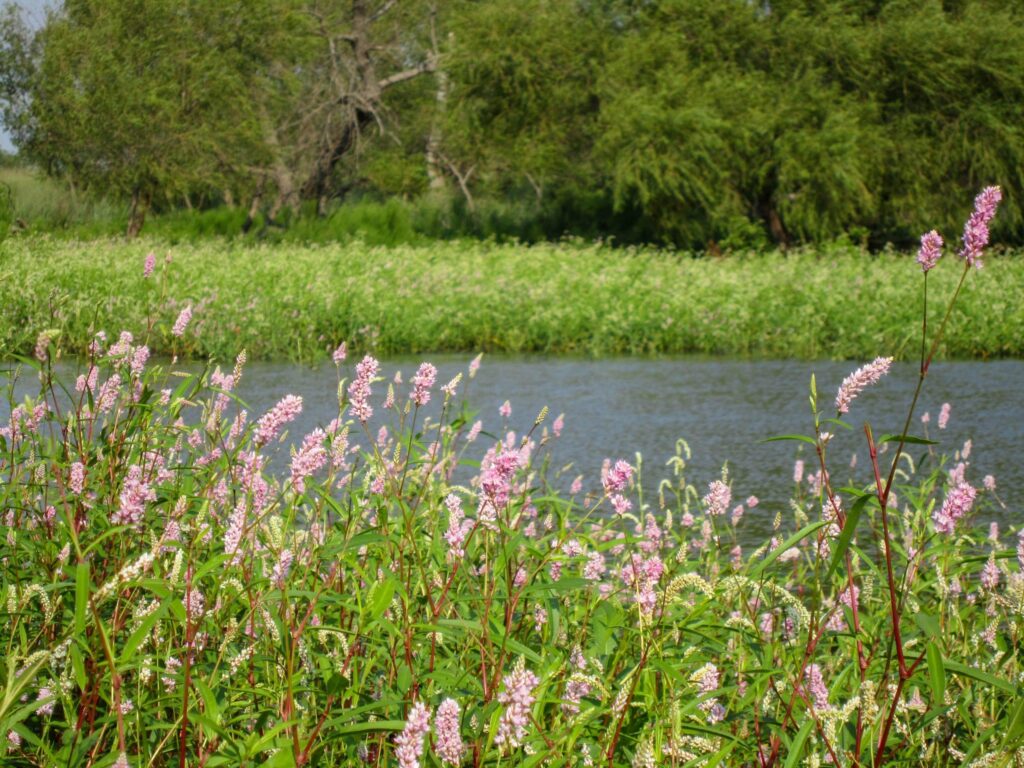Protecting Oklahoma’s Wetlands: A Collaborative Conservation Effort

The Oklahoma Conservation Commission (OCC) is a non-regulatory agency dedicated to voluntary, locally led conservation initiatives. Through a common-sense approach, OCC focuses on protecting Oklahoma’s natural resources, including its vital wetlands.
What Are Wetlands?
Wetlands are areas shaped by hydrology that create hydric soils and support wetland-specific plants and habitats. Despite covering only about 2% of Oklahoma’s landmass (950,000 acres), wetlands are invaluable. They provide critical ecosystem services such as floodwater attenuation, water quality improvement, erosion control, and wildlife habitat.
Fast Facts About Oklahoma’s Wetlands
- Oklahoma has lost approximately 67% of its wetlands since the 1780s, compared to the national average of 53% loss (Dahl 1990).
- With 12 unique ecoregions, Oklahoma is one of the most ecologically diverse states in the U.S. (lower 48 states), ranking just behind California and tied with Texas.
- The state features four principal wetland types: depressional, riverine, lacustrine fringe, and slope, each varying across the landscape.
- Wetlands support over a third of all endangered species in the U.S. and provide habitat for a wide range of plants and animals.
The Oklahoma Wetlands Program (OWP)
Established in 1990, the OWP is a collaborative effort led by OCC to conserve, enhance, and restore the state’s wetlands. The program’s foundation, the Oklahoma Comprehensive Wetlands Conservation Plan (OCWCP), was developed in 1996 and outlined key objectives for wetland management.
In 2011, the Oklahoma Wetland Workgroup (OWWG) created the first Wetland Program Plan (WPP), updating the OCWCP’s goals using a “core elements framework.” The current WPP, finalized in 2020, guides wetland conservation strategies for management organizations in Oklahoma for a 5-6 year period. An update is slated to begin in 2025, with a target completion in 2027.
Core Elements of the Wetland Program Plan
The WPP focuses on five key elements:
- Monitoring and Assessment
- Develop tools like OKRAM (Oklahoma Rapid Assessment Method) and updated wetland maps to monitor trends and prioritize restoration.
- Collaborate with partners
- Regulation
- Promote understanding of wetland regulations and advance high-quality wetland mitigation through tools like OKRAM and the Restorable Wetlands Identification Protocol (RWIP).
- Voluntary Restoration and Protection
- Encourage integrative wetland restoration and protection with tools like LiDAR mapping and the Wetlands Registry. RWIP is one of the newly developed products.
- OCC supports collaborative restoration efforts through partnerships with landowners, agencies, tribes, and NGOs.
- Water Quality Standards
- Work toward developing appropriate wetland-specific standards to protect these unique ecosystems.
- Education and Outreach
- Enhance public awareness and resource access via the newly launched wetlands.ok.gov.
Looking Ahead
In 2025, OCC will lead the next WPP update, continuing its commitment to voluntary restoration, conservation, and collaboration. With targeted funding, willing partners, and prioritized goals, the OCC remains dedicated to safeguarding Oklahoma’s wetlands for future generations.
